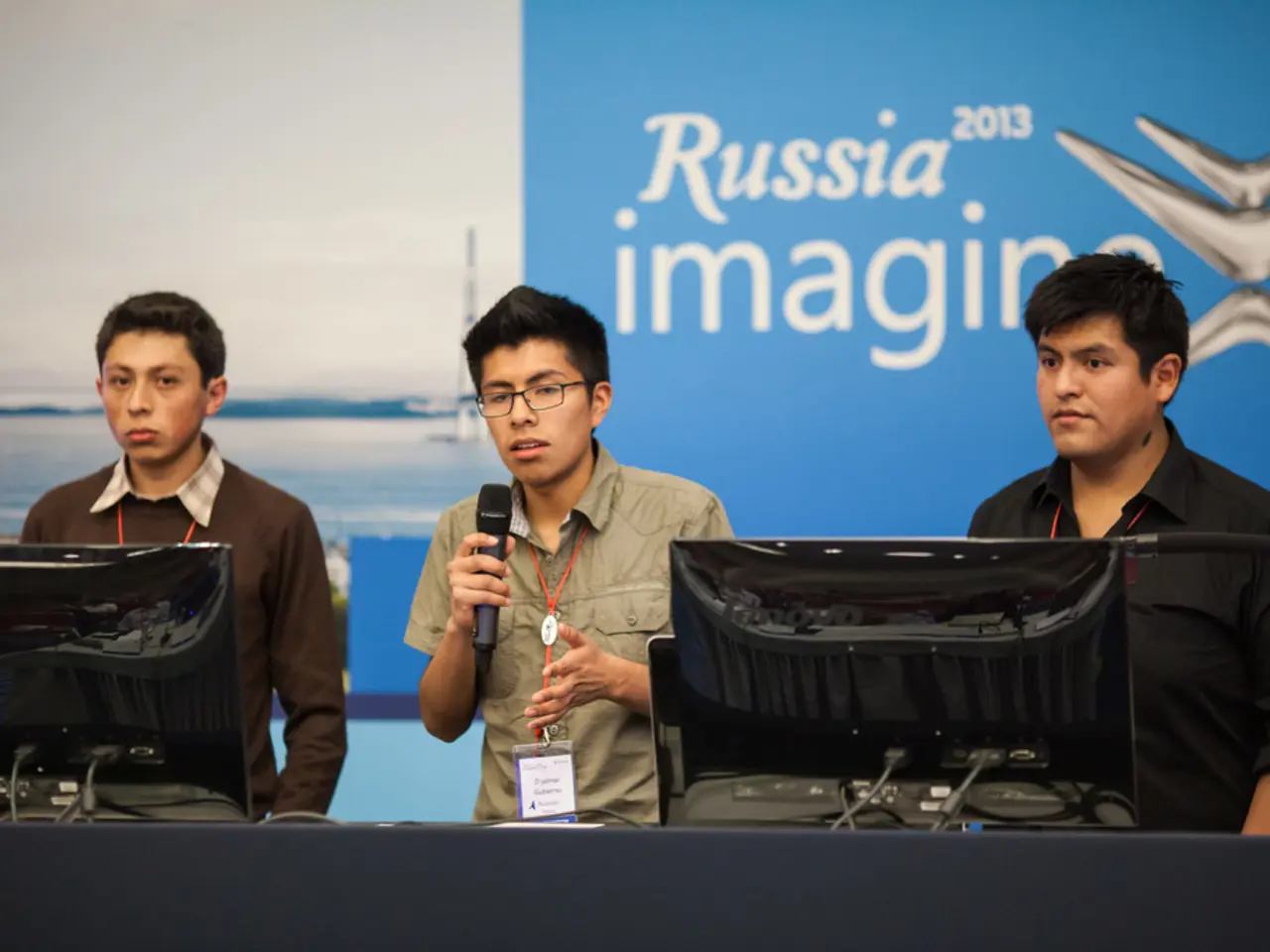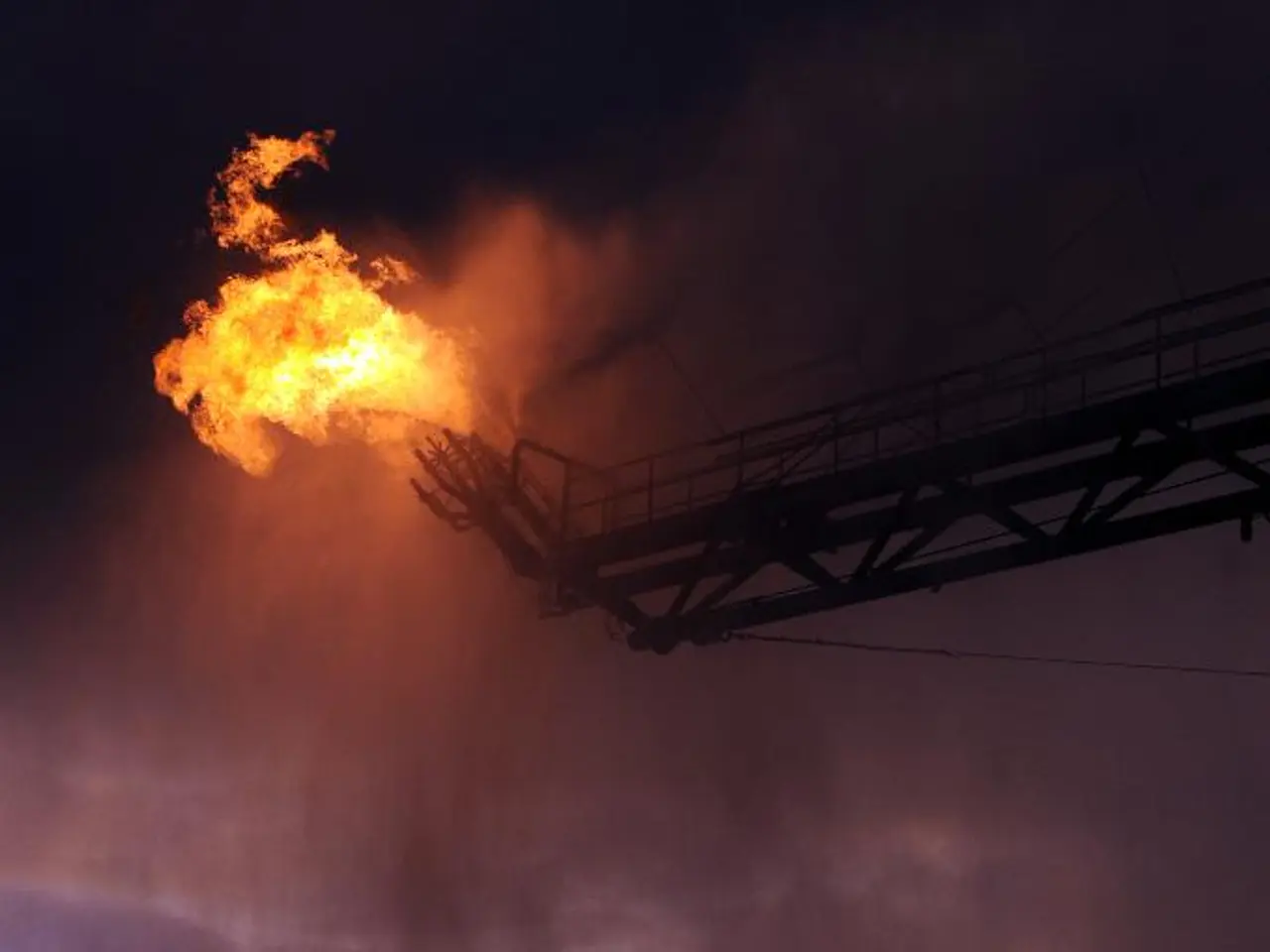Border Defense Enhancements on Track, Affirms Latvian Minister
The Baltic Defense Line, a joint military infrastructure initiative, is underway to bolster regional defense capabilities in the Baltic Sea region. The project, primarily driven by Estonia, is seeing significant investment and cooperation from Latvia, Lithuania, Poland, and Finland.
The five-year construction of the Latvian section of the Baltic defense line, scheduled from 2024 to 2028, carries a total investment of 303 million euros. This investment aims to block, divert, and destroy any adversary from the first centimeter, as emphasized by Latvia's Defence Minister, Artis Pabriks.
The goal is clear: to strengthen Latvia's border with an imperialistically minded neighbouring country. The project extends beyond the five-year plan, as border strengthening is seen as a long-term task.
Key elements of the project include the construction and enhancement of defense infrastructure, such as the Narva garrison completion. The plan also encompasses the development of ammunition storage facilities, the establishment of a forward command post at the corps level, and the expansion of training areas like Nursipalu and Reedo garrisons.
Investments are also being made in a defense industrial park to foster innovation and future defense capabilities. A Command for Innovation and Future Capabilities will test and support new technologies, backed by a €50 million budget.
The Baltic Defense Line is part of a broader strategy to improve military mobility and infrastructure in the region. Lithuania is rebuilding roads and bridges to military standards, and Rail Baltica—a railway spanning from Poland through the Baltics—is under construction. However, some infrastructure projects face delays, with completion potentially extending until 2035.
This cooperation is occurring within the context of heightened military tensions in the region, marked by NATO's reinforced presence and extensive exercises in response to perceived Russian threats. The initiative reflects a strategic shift toward regional defense integration among Baltic states, Poland, and Finland to counterbalance Russia's activities and fortify NATO's eastern flank.
In Latvia, 45 million euros have been allocated this year for the military strengthening of the eastern border. Major General Pudāns stated that work is being done with NATO allies to ensure all obstacles, positions, and fortifications are aligned with their operational plans. The need has been emphasized to urgently adopt the "Law on the Establishment of Infrastructure Necessary for Counter-Mobility and Mobility Measures".
This law allows for additional land to be expropriated for the creation of the Baltic Defence Line and faster construction along the border. The allocated funds will be used for the preparation of sensors, mines, artillery, and road infrastructure, as well as the creation of permanent resource depots and fortification points.
Latvia's border strengthening efforts are coordinated with Estonia and Lithuania in the development of the unified 'Baltic Defence Line'. The project is a testament to the collective resolve of NATO allies to safeguard their territories and maintain peace in the region.
[1] Estonia to invest €470 million in Baltic Defence Line infrastructure by 2029. [2] Rail Baltica faces delays, completion potentially extended until 2035. [3] NATO's reinforced presence and extensive exercises in the Baltic region.
- Estonia's investment in the Baltic Defence Line will amount to €470 million in infrastructure by 2029, as part of the broader strategy to strengthen regional defense capabilities and counterbalance Russia's activities.
- Rail Baltica, a railway spanning from Poland through the Baltics, is facing delays and may not be completed until 2035, potentially impacting military mobility and infrastructure development in the region.
- NATO's presence in the Baltic region is reinforce during times of heightened military tensions, marked by extensive exercises aimed at counterbalancing perceived Russian threats and safeguarding the alliance's eastern flank.







